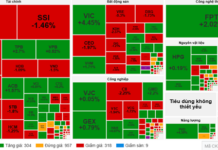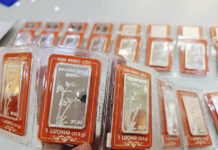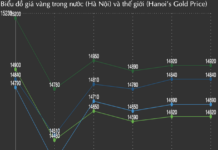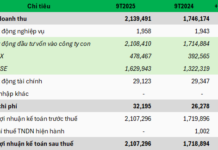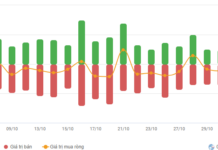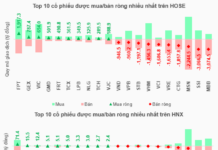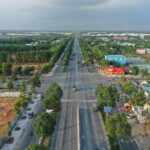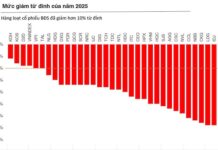The Ho Chi Minh City People’s Council has passed a resolution on the establishment, appraisal, and approval of Transit-Oriented Development (TOD) area planning, with a regulation prohibiting the construction of new low-rise detached housing projects in this area.
According to the resolution, the boundary of the TOD area, including stations, depots, and adjacent areas, extends to the boundaries of land parcels within a 1,000-meter radius from the assumed center of the stations and depots.
Within the TOD area, there will be no new housing projects in the form of low-rise detached houses. The land-use coefficient can be adjusted upwards by a maximum of 1.5 times the regulated amount to take advantage of land funds and added value. The TOD area is also planned to have a mixed-use function, including residential, commercial, office, and public service spaces.
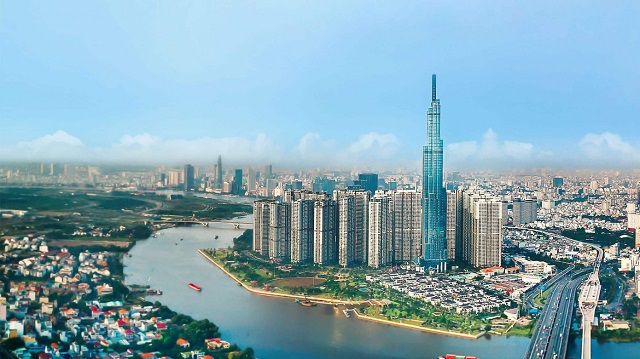
The Ho Chi Minh City People’s Council has passed a resolution on TOD area planning.
|
The resolution also emphasizes the development of smart, green, and flexible urban and transport infrastructure. It encourages innovative commercial activities, diverse services, and the promotion of non-polluting industries within the TOD area. The area dedicated to parks and green spaces on the rooftops of buildings will be calculated into the public park and green space index, with a conversion ratio of 2 square meters of rooftop area equivalent to 1 square meter of land area for parks and green spaces.
Previously, the People’s Committee of Ho Chi Minh City issued a decision on the plan for the development of 11 compact cities based on the TOD model along the Metro Line 1, Metro Line 2, and Ring Road 3, in accordance with Resolution 98/2023/QH15.
Ho Chi Minh City has outlined two phases for TOD implementation. The first phase, from 2024 to 2025, will pilot 9 locations around Metro Line 1, Line 2, and Ring Road 3. Specifically, for Metro Line 1, this includes the area around Phuoc Long Station (in the former Thu Duc City’s Cu Chi district), spanning over 160 hectares. For Metro Line 2, there are three locations: Lot I/82a and Tay Thanh, which encompass 26.65 hectares; the Exhibition and Sports Center in Tan Binh (5.1 hectares); and the C30 area near Le Thi Rieng Station (40.9 hectares).
For the Ring Road 3, there are large land areas such as the Coconut Farm (152.6 hectares) and the Long Binh area (29 hectares) in the former Thu Duc City. In the Hoc Mon district, there are also significant plots of land: Zone 8, spanning 198.4 hectares in Tan Hiep; Zone 6, covering 389.3 hectares in Xuan Thoi Thuong; and a 104.9-hectare area in Xuan Thoi Son.
The second phase, from 2026 to 2028, will witness the continued development of additional TOD areas, especially at two key locations: a 290-hectare site in Tan Hiep, Hoc Mon district, along Ring Road 3; and the area surrounding Tan Kien Station in the former Binh Chanh district (314 hectares), which is part of the extended Metro Line 3 and the Ho Chi Minh City-Can Tho railway line.
Duy Quang
– 08:24 09/01/2025
“Banks in Ho Chi Minh City and Dong Nai Work Through Holidays to Distribute 100,000 VND Gifts to Locals”
The Dong Nai administration has disbursed 3 billion Vietnamese dong in cash, specifically 100,000 VND notes, to commercial bank branches for distribution as gifts to the local populace.
Unlocking New Opportunities for Investors: The Transformative Impact of Key Infrastructure Developments in Southern Ho Chi Minh City
According to Ms. Duong Thuy Dung, Executive Director of CBRE Vietnam, investors have recognized the irrationality of real estate prices in the center of Ho Chi Minh City and are strongly shifting their focus to the neighboring areas. These peripheral zones benefit directly from existing and upcoming infrastructure and belt road projects, offering significant growth potential.

